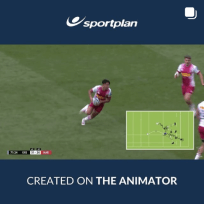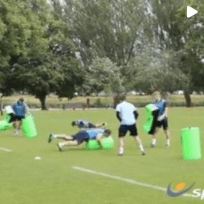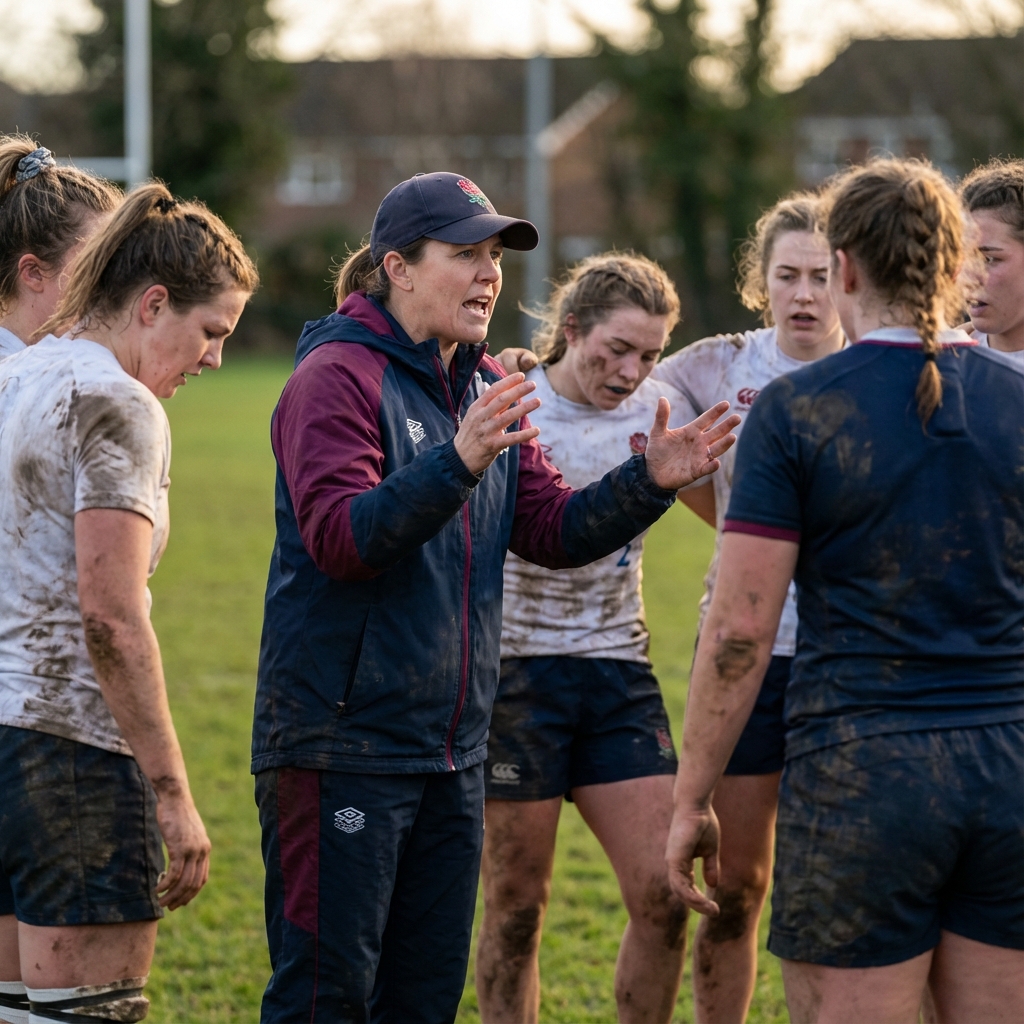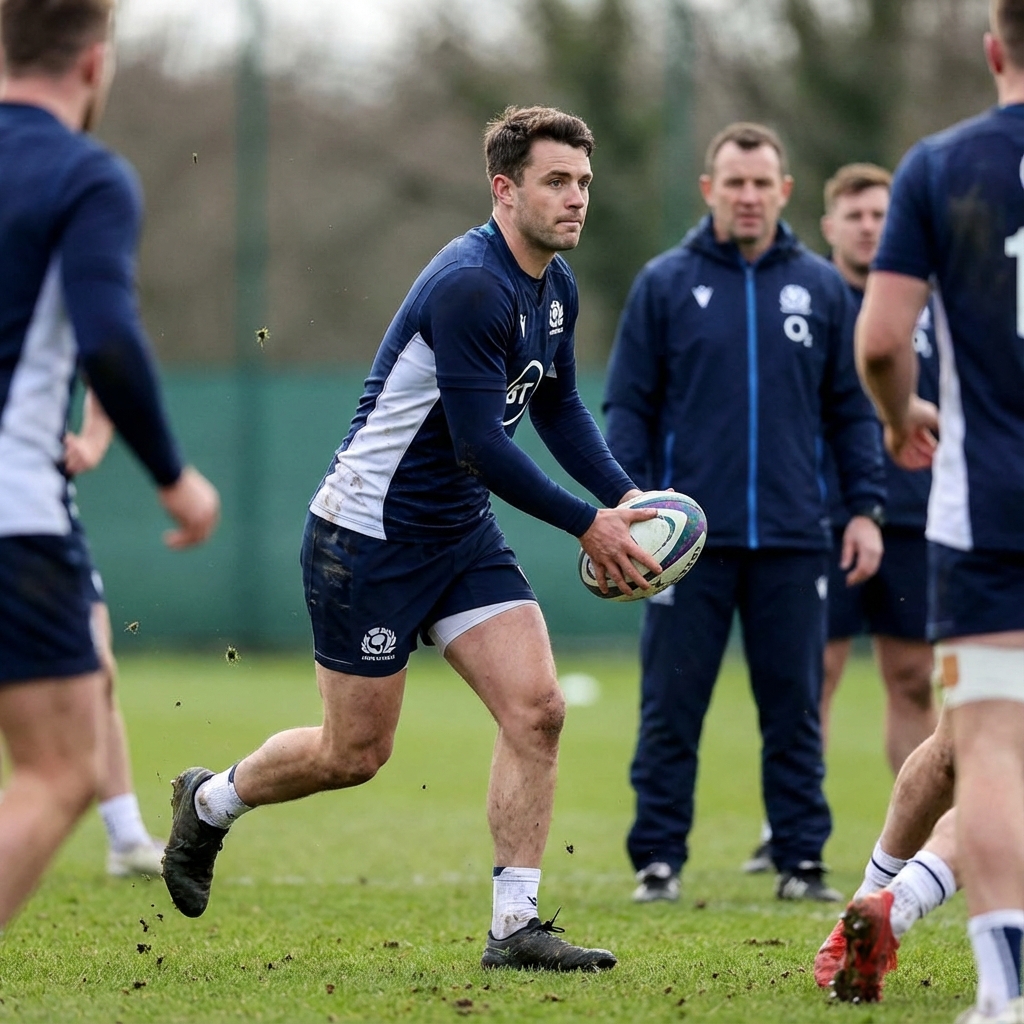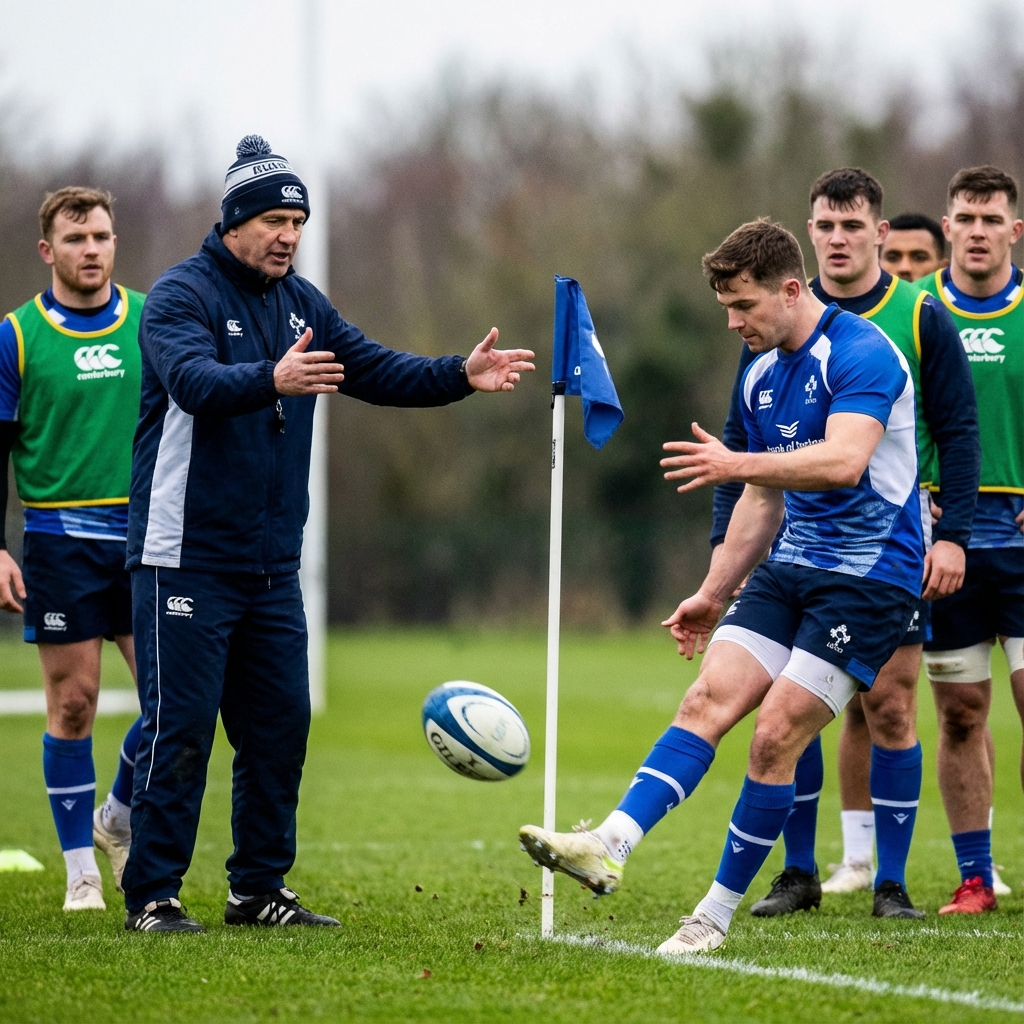Using pads & contact shields - good or bad?
an RFU directive states that coaches should not hold pads/shields for juniors to run into during sessions, or even juniors holding pads for each other!!! I notice a lot of drills utilise pads as this was something we always used when I trained years ago! I personally think they are a good thing (especially since some of the juniors I coach are 'not small'!) BUT wondered what the general thoughts were out there in SportPlan world....
Hi Elliot, we put this question out on our Facebook page and Patrick King replied in a very positive manner, saying "It's great, should build the confidence of your players!"
Hope this helps!
I was unaware of any directive and we have been using pads at U9s all year. It has had a brilliant impact and the kids love it.
Under 10's Kids love the pads and we find it's a great way to build confidence in tackling for the weaker tacklers. However, it's important that coaches don't put their full weight behind the pad, the kids need to sense that their tackle is having an impact and moving the pad backwards, if a 16 stone bloke stands behind it with no give, the kid's going to feel as though he's run into a brick wall and could also get injured. Use a bit of common sense really.
I think that the way you use shields etc needs plenty of imagination. The concept that contact is always part of attcking rugby can be put in the archives, and instead using shields needs clever management. Many youngsters see them as a 'magnet'; and are attracted to them. They then go all 'macho', and try to bust the pad out of the area! We have modified our pads to have a coloured band down each outside edge, to encourage players to run at the outer edges not the centre. We also use them as 'bodies' on the ground to ruck/counter ruck over. I use 2 shields together - one stood on top of the other - to encourge smaller players to ruck against bigger players by attacking the lower shield (go to ground) whilst support clears the upper shield.
We encourge younger players not to attack the shield, but instead establish stable pre-contact positions just short of the shield (stable Sumo style base - 45° to the running line) and allow the (often unbalanced) shield to come on the them. Successful mauling can be encouraged by trying to time the arrival of the 2nd supporter (ball carrier in leads left shoulder; support arrives with right shoulder and they 'dovetail') just as the shield makes contact with the original ball carrier. This does not compromise quality retention; maybe a metre less forward but quality recycling. Works for me on the concrete training pitches of Italy....
Good thing!kids generally aren't afraid to attack the shield so its a great place to work on improving technique and to correct mistakes; a good deal safer than learning the same lessons, through mistakes on the pitch!
If adults cannot hold the pads and Juniors cannot hold the pads who can hold them????
Our kids love using the pads it builds their confidence and improves their tackling and rucking used sensibly they are a good thing!!
The problem with pads and shields is the holder does not represent anybody on the field. Why would a player just stand and be clattered, they would not. Pads and shields are good for initial contact work with minis introducing tackling unfortunately they would rather tackle a bag than the real thing. I like the idea of coaching contact on other players using the 'low and slow' approach so players new ot contact get the feel of how it really works.
Fact is that if you are an adult and you are holding a shield etc and there is an accident you are totally liable. The directive is there for a reason. Get the kids to hold the shields. There have been some serious incidents and the clubs involved have been in a lot of trouble. Same goes for any coaches who feel the need to get involved with rucking, mauling, scrummaging etc with the kids or be part of a Dad v Lads scenario - don't do it! You have been warned!
I have been using pads for years at all levels of rugby. U10, U15,U18,College and senior club. I beleive they are perfectly safe as long as the drills are supervised and the shield holders do not out weigh the younger kids by very much. Mouth pieces are as always very important in all contact drills. I have never had any injuries worth noting from using pads or tackling bags.
Pads are very helpful, particularly when introducing contact for younger players, working on technique mechanics (body position, etc). I also think, however, it is important to mix it up. Incorporate "real" contact with rucking and counter rucking into drills. Live tackling is also important as a pad or bag will never move/defend/evade like a person.
The key is judgement. Coaches should not be barrelling into pads at full bore for any reason. Technique is better demonstrated at walk to 3/4 speed anyway. If you want to demonstrate something in "game speed mode", get two like sized players that know what they are doing and have them walk through it, then do it again at an up tempo pace.










